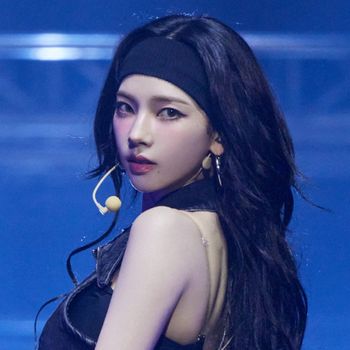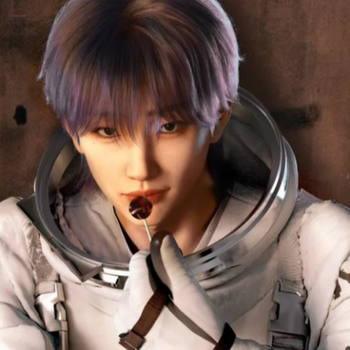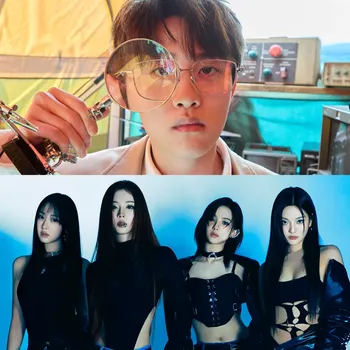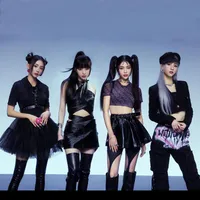
MAVE's Twitter
The only thing constant in this world is change. The same goes for the entertainment industry. Trends are dynamic by virtue of their existence, and innovation is a must if you want to survive the cut-throat competition. What could be the next step then, in a world where K-Pop is exercising the greatest influence on global culture? Experts seem to believe that the answer lies with virtual reality. In this article, we're breaking down the good, bad, and ugly of virtual idols as they slowly but surely make their presence known. Let's get into it!
Over the years, the K-Pop industry has received unrelenting flak for "commoditizing" idols and "mass manufacturing" them from fans, critics, and academics alike. Issues like slave contracts, overworking, and mistreatment have put agencies under harsh scrutiny, and rightfully so! The key outrage behind this sort of criticism has been against the dehumanization of artists to gain profit. Now, in 2023, virtual idols are becoming the new big thing, generating buzz all over the world. As K-Pop seeks to pioneer AI in entertainment, some obvious questions are being raised.
The concept of virtual idols is not as novel as you might think. Japan has Hatsune Miku leading the iconic Vocaloid scene and VTubers garnering immense attention, China has Luo Tianyi and a billion-dollar virtual celebrity industry, and now K-Pop is catching up to the metaverse with aespa, ETERN!TY, MAVE, Han YuA, SUPERKIND, YUNA, SIRA, ISEGYE IDOL, and more. The list grows longer when we include virtual models, influencers, and visual artists.
This proliferation of virtu
Enjoy full access for just $1
Join over 10,000 active members!
🌟 Special Contents for Subscribers
















